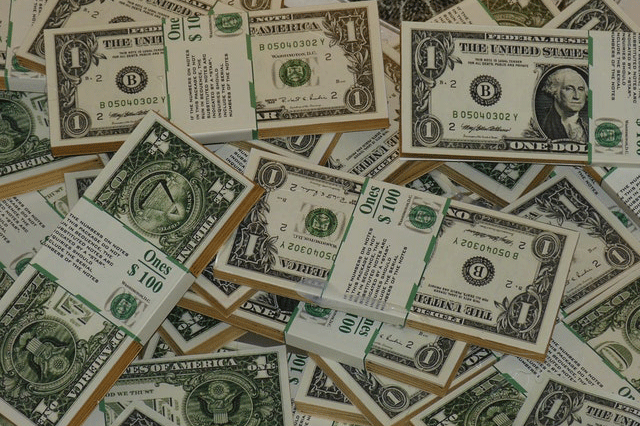Nairobi – Kenya’s finance minister on Thursday unveiled a $28 billion budget aimed at helping the economy recover after the Covid-19 pandemic threw hundreds of thousands of people out of work.
The financial roadmap for the 2022/2023 fiscal year, announced just four months before the country goes to the polls, also pumps billions into outgoing President Uhuru Kenyatta’s so-called legacy projects and major infrastructure – much of it funded by China.
“We have outlined policies in this budget that are geared towards returning the economy back on a more sustainable growth path for improved livelihoods,” Treasury Cabinet Secretary Ukur Yatani told parliament.
He said the East African powerhouse’s economy was set to grow by six percent in the current calendar year, down from 7.6 percent last year but a marked improvement on the 0.3 percent contraction in 2020 – the first in three decades.
Kenya was hit hard by the coronavirus pandemic, which slashed income from the vital tourist sector, although agriculture — the backbone of the economy – proved more resilient.
‘Our people are suffering’
In 2020 more than 700 000 people lost their jobs and Kenyans are still struggling to cope with rising costs of basic goods such as food and fuel as several parts of the country are hit by drought.
“The government has failed us. We are hungry. We want food. Our people are suffering and dying,” one protester shouted outside parliament, just as police arrested him.
The 3.3 trillion shilling ($28 billion, 26 billion euro) budget illustrates the fine line the government is walking between trying to improve people’s livelihoods but also boost its own coffers by increasing taxes.
Yatani forecast a budget deficit of 6.2% of gross domestic product (GDP), down from 7.5% in the previous fiscal year.
ALSO READ | As Kenya binges on easy credit, public shaming follows
If the budget is approved by parliament, the government will splash out 146 billion shillings on Kenyatta’s legacy schemes under his so-called Big Four Agenda, which focuses on food security, affordable housing, affordable healthcare and manufacturing.
It is the last budget before Kenyatta – who can only serve two terms as president under the constitution — leaves office after almost a decade.
The government is also planning to spend billions of dollars on infrastructure projects such as an expressway aimed at easing the capital Nairobi’s notoriously congested roads and the expansion of the nation’s poorly maintained railway network.
Yatani proposed setting Kenya’s debt ceiling as a percentage of GDP – 55% – rather than a fixed amount as at present, saying the current method was restricting public financing of necessary projects.
ALSO READ | Kenya drought leaves 2.4 million at risk of hunger by November, says WFP
According to Central Bank of Kenya figures, public debt stood at 8.2 trillion shillings in December.
China is Kenya’s second-largest lender after the World Bank and has funded a number of costly infrastructure projects that have raised concerns about Nairobi taking on more debt than it can afford.
The budget also outlines plans to allocate 21.7 billion shillings to the electoral body to prepare for the August 9 presidential and parliamentary elections, in addition to 22.9 billion shillings already paid out.
Yatani said he planned to cut tax on petroleum products, likely to be a welcome relief in a country that has been gripped recently by a biting fuel shortage.
Advertising of alcohol and betting will however attract an extra 15 percent excise duty, he said.
Follow African Insider on Facebook, Twitter and Instagram
Picture: Getty Images
Source: AFP
For more African news, visit Africaninsider.com


